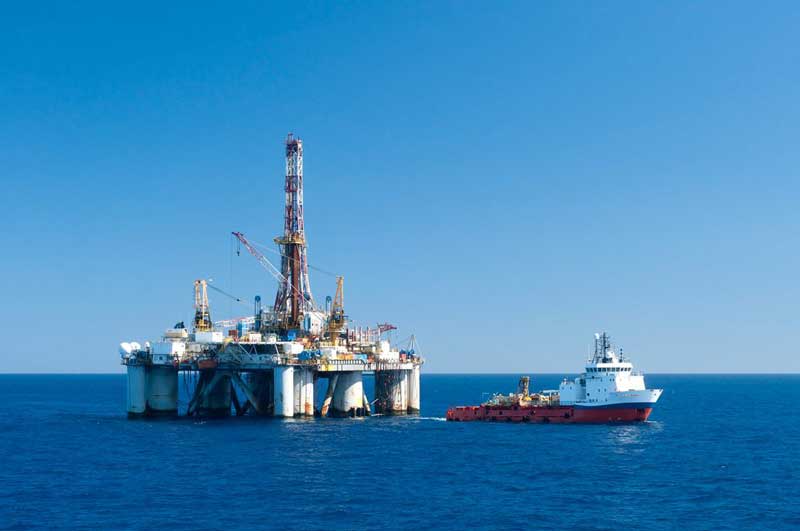
Image credit: Shutterstock / marchello74
There’s a wave of optimism in the oil and gas industry as companies return to a major offshore energy conference in Houston this week. New deepwater discoveries off Guyana, Namibia and the U.S. Gulf Coast are taking center stage, fueled by factors that make these projects attractive for the future.
After a period of focusing on cheaper-to-reach shale oil, deepwater exploration is back in a big way. This is thanks to several key advantages:
- Long-lasting production: Deepwater wells offer oil and gas for extended periods, providing a reliable source of energy.
- Cost-effective extraction: New technologies and efficient planning are leading to lower breakeven costs, meaning companies see profits sooner.
- Large resource potential: Deepwater discoveries like Namibia’s Mopane hold vast reserves, ensuring a steady supply.
- Reduced emissions: Deepwater projects boast a lower carbon footprint compared to other options, appealing to environmentally conscious investors.
This renewed interest is translating into significant investments. Capital spending on new deepwater drilling is expected to hit a 12-year high next year, with a projected 30% jump in investment by 2027.
The return of deepwater exploration is also creating opportunities. Drilling contractors are seeing increased demand and higher daily rates for their services, with a limited supply of deepwater rigs driving up their value.
Technological breakthroughs like Chevron and TotalEnergies’ Anchor project are pushing the boundaries, allowing production in previously inaccessible ultra-high pressure environments. This project demonstrates the industry’s commitment to innovation and efficiency.
The future of deepwater oil and gas looks bright. With responsible development practices, this sector can provide a reliable and lower-emission source of energy for years to come.
